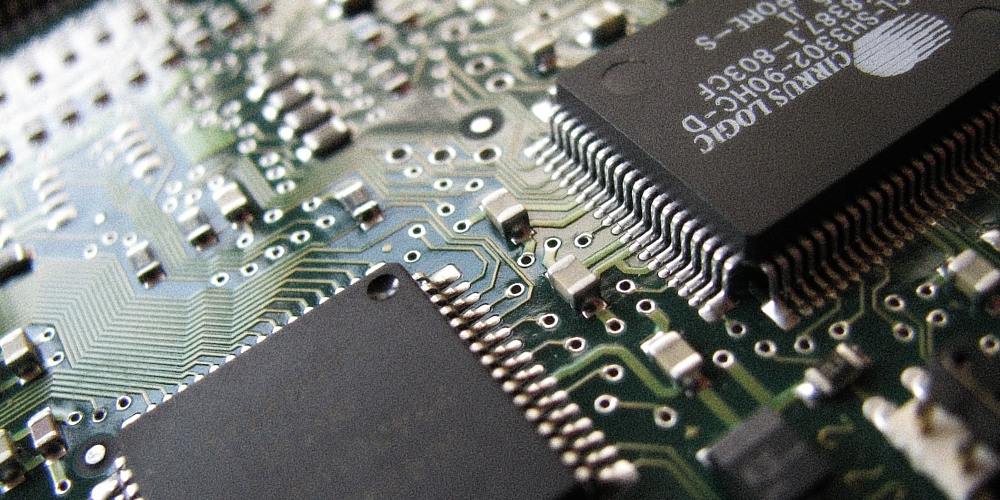- Chinese scientists have significantly improved the performance of supercomputer simulations using domestically designed GPUs, surpassing systems powered by Nvidia’s advanced hardware.
- Professor Nan Tongchao and his team at Hohai University achieved the performance gains through a “multi-node, multi-GPU” parallel computing approach, using Chinese CPUs and GPUs for large-scale, high-resolution simulations.
- The study highlights how U.S. sanctions aimed at limiting China’s access to advanced semiconductors may have inadvertently spurred innovation, leading to technological self-sufficiency and reduced reliance on foreign hardware.
- China’s recent achievement is part of a broader strategy to mitigate vulnerabilities in critical technologies by investing in domestic semiconductor production and software ecosystems, reducing dependence on foreign supplies.
- While the breakthrough is significant, experts caution that software optimizations alone cannot fully compensate for hardware limitations, emphasizing the need for continued advancements in both hardware and software for sustained performance improvements.
Editor’s Note: The sourcing of this article, including the sub-sources, focuses on a report from the South China Morning Post. This Hong Kong-based news outlet is owned by Alibaba and while not technically state-owned, it has been known to share narratives the Chinese Communist Party wants out. That’s not to say the report is inaccurate, but I’m skeptical about the 10x claim. With that said, the threat of any technological advancement beyond what’s operated within the United States is a concern to monitor.
(Natural News)—In a groundbreaking development that could reshape the global semiconductor landscape, Chinese researchers have achieved a near-tenfold performance boost in supercomputer simulations using domestically designed graphics processing units (GPUs), outperforming systems powered by Nvidia’s cutting-edge hardware. This milestone, detailed in a peer-reviewed study published in the Chinese Journal of Hydraulic Engineering, underscores China’s growing prowess in high-performance computing (HPC) and its determination to mitigate reliance on foreign technology.
The achievement comes at a pivotal moment in the global tech race, as escalating U.S. sanctions on advanced semiconductors have forced China to accelerate its efforts to develop homegrown alternatives. While skeptics caution that software optimizations alone cannot bridge hardware gaps indefinitely, the study highlights how innovative parallel computing designs and software tweaks can unlock unprecedented efficiency gains, even with less advanced hardware.
A breakthrough in parallel computing
The research, led by Professor Nan Tongchao of Hohai University’s State Key Laboratory of Hydrology-Water Resources and Hydraulic Engineering, focused on a “multi-node, multi-GPU” parallel computing approach. By leveraging domestically produced CPUs and GPUs, the team achieved significant performance improvements in large-scale, high-resolution simulations—critical for applications like flood defense modeling and urban waterlogging prevention.
“The challenge for Chinese scientists is even more daunting,” the study notes, pointing to the dominance of foreign manufacturers in producing advanced GPUs like Nvidia’s A100 and H100. Compounding the issue is Nvidia’s proprietary CUDA software ecosystem, which is restricted from running on third-party hardware, effectively locking out Chinese developers from accessing key tools for algorithm development.
Despite these hurdles, Professor Nan’s team demonstrated that software optimization techniques could dramatically enhance the efficiency of Chinese GPUs, enabling them to outperform U.S. supercomputers in specific scientific computations. This breakthrough not only challenges Nvidia’s dominance but also highlights the potential for alternative approaches to high-performance computing.
The broader implications of tech sanctions
The study’s findings underscore the unintended consequences of U.S. tech sanctions, which were designed to curb China’s access to advanced semiconductors and critical technologies. Instead of stifling innovation, these restrictions appear to have galvanized China’s efforts to achieve technological self-sufficiency.
“The accomplishment points to possible unintended consequences of Washington’s escalating tech sanctions while challenging the dominance of American-made chips, long considered vital for advanced scientific research,” the study states.
This development aligns with Beijing’s broader strategy to mitigate “chokepoint” risks in critical technologies—a term referring to vulnerabilities in supply chains that could be exploited by geopolitical adversaries. By investing heavily in domestic semiconductor production and software ecosystems, China aims to reduce its dependence on foreign hardware and software, ensuring its technological resilience in an increasingly fragmented global market.
Historical context: From dependency to innovation
The significance of this achievement cannot be overstated when viewed in the context of China’s decades-long struggle to catch up with Western semiconductor technology. Historically, China has relied heavily on imports for advanced chips, with U.S. companies like Nvidia, Intel and AMD dominating the market. This dependency became a glaring vulnerability as geopolitical tensions escalated, prompting the U.S. to impose sweeping export controls on advanced semiconductors and chip-making equipment.
In response, China has ramped up investments in its domestic semiconductor industry, with initiatives like the “Big Fund” injecting billions of dollars into research and development. While challenges remain—particularly in producing chips at the cutting-edge 3-nanometer and below nodes—this latest breakthrough demonstrates that China is making significant strides in leveraging existing hardware through software innovation.
What lies ahead?
While the study’s results are impressive, experts caution that software optimizations alone cannot fully compensate for hardware limitations. Nvidia’s GPUs, for instance, are renowned not just for their raw processing power but also for their versatility and integration with a robust software ecosystem. Replicating this level of performance across a wide range of applications will require continued advancements in both hardware and software.
Nevertheless, the study marks a significant step forward in China’s quest for technological sovereignty. As Professor Nan’s team continues to refine their parallel computing approach, the implications for fields like climate modeling, artificial intelligence and national security could be profound.
In the words of one industry observer, “This is a wake-up call for the global tech community. China is proving that it can innovate under pressure, and the rest of the world will need to adapt to this new reality.”
As the tech war between the U.S. and China intensifies, this study serves as a reminder that innovation often thrives in the face of adversity. Whether this breakthrough will lead to a broader shift in the balance of technological power remains to be seen, but one thing is clear: the race for semiconductor supremacy is far from over.
Sources include:


